Home>Ideas and Tips>Outdoor Meditation Labyrinth Designs: Backyard Zen Spaces
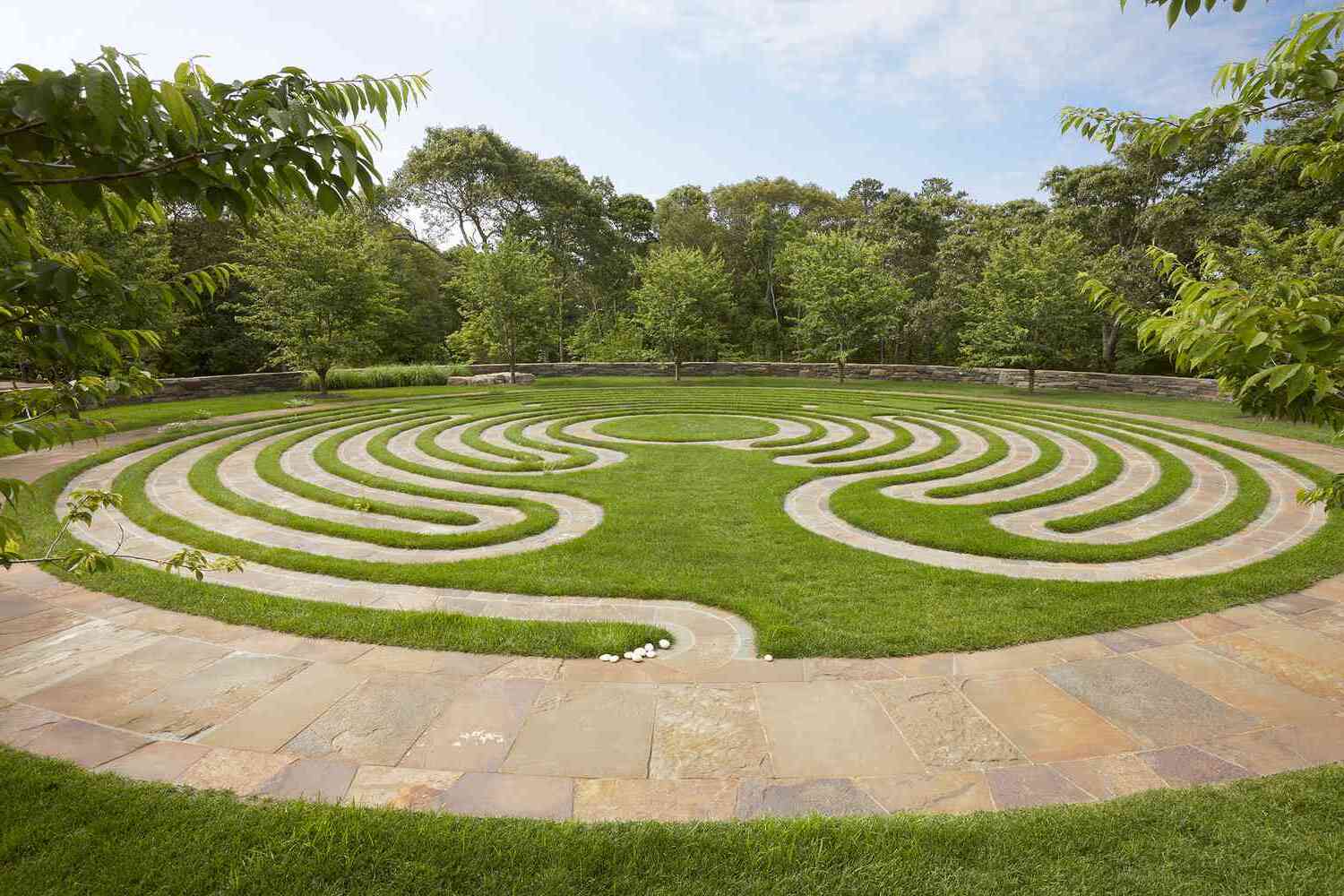

Ideas and Tips
Outdoor Meditation Labyrinth Designs: Backyard Zen Spaces
Published: September 22, 2024
Discover how to create a serene backyard zen space with outdoor meditation labyrinth designs. Enhance your well-being with these DIY tips and ideas.
(Many of the links in this article redirect to a specific reviewed product. Your purchase of these products through affiliate links helps to generate commission for Storables.com, at no extra cost. Learn more)
In today's fast-paced world, finding moments of peace and tranquility is more crucial than ever. One of the most effective ways to achieve this is by creating an outdoor meditation labyrinth in your backyard. These circular or spiral paths have been used for centuries in various cultures for their therapeutic and meditative benefits. In this article, we will delve into the history of labyrinths, their design and construction, and provide practical tips on how to create your own backyard labyrinth.
What is a Labyrinth?
A labyrinth is a single-path maze that leads to a central point and then back out again. Unlike a maze, which requires finding a way out, a labyrinth has no dead ends or tricks. This simplicity makes it an ideal tool for meditation and relaxation. Labyrinths have been part of human culture for thousands of years, dating back to ancient Greece and India. They were often depicted on coins and in petroglyphs, and during medieval times, they were constructed on church walls and floors.
One of the most famous medieval labyrinths is the Chartres Cathedral in France, built in the 1200s. This stunning 11-circuit labyrinth is 42 feet square and is still visited by many for its spiritual significance and meditative value.
Benefits of Walking a Labyrinth
Walking a labyrinth has numerous physiological and psychological benefits. Research has shown that it can temporarily improve cognitive abilities in both children and adults with learning difficulties. The fluid in the brain crosses back and forth across the middle line of the brain as you walk, helping to balance and integrate the left and right sides of the brain. This integration can improve both logical and artistic activities.
Other benefits include better body balance, a feeling of calm, and lower blood pressure. Labyrinths are also being installed in rehabilitation centers, hospitals, and other care facilities to help patients with various conditions. Even Alzheimer patients have shown positive responses to walking labyrinths, which can help in managing their symptoms.
Designing Your Backyard Labyrinth
When designing your backyard labyrinth, there are several considerations to keep in mind. First and foremost, you need space. A 7-circuit labyrinth typically takes up about 20 square feet, but you can scale it up or down depending on your available space. It's essential to choose a location that is clear of garden plantings and trees to avoid any obstacles during construction.
Labyrinth Size and Shape
The size and shape of your labyrinth are personal preferences. Residential labyrinths are often between 15 feet and 40 feet in diameter, with 25 feet by 25 feet being the minimum space to nest a labyrinth comfortably. The most common patterns are the classical and medieval designs, but there are many variations based on shape and number of circuits.
Materials for Construction
The materials you choose for your labyrinth project can vary greatly depending on your budget, preference, and climate. You can build a labyrinth on new or existing concrete or asphalt or use concrete pavers, bricks, or natural stone. The path can also consist of grass, ground cover, mulch, or compacted gravel. Another option is to use rocks, bricks, and/or vegetation to delineate the pattern in contrast with the path surface.
Labyrinth Location
The location of your labyrinth is crucial for its effectiveness. It should be placed where you will use it regularly and where it will not be disturbed by daily activities. Stephen Shibley, a land artist specializing in labyrinth design and construction, suggests placing your labyrinth where you will see it often and where it will become a part of your daily routine.
Steps to Build a Backyard Labyrinth
Building a backyard labyrinth is a straightforward process that can be completed with minimal materials. Here’s a step-by-step guide to help you get started:
Step 1: Mark Your Center Point
Start by determining where your center point will be. Place one of the lawn spikes at your center point and tie a 10-foot string to it. Walk the entire perimeter of your designated space to ensure that you don’t run into any obstacles like low tree branches.
Step 2: Create Your Circles
Use a rubber band and your thumb to secure the end of the string to the side of an upside-down spray paint can. Mark your 10-foot wide circle (the center circle) and then cut 12 inches off the string. Paint the next circle, repeating this process until all eight concentric circles have been marked. If you make a mistake, simply paint over it; all paint will eventually grow out and be cut from the grass.
Step 3: Mark Your Endpoints
Mark the endpoints that indicate the entrance to the center circle and the entrance to the labyrinth using lawn spikes. Tie a piece of tape to create a flag at the top so they are easy to find in the grass. Use a sharpie to write down the endpoint letter or number on the flag.
Practical Tips for Building Your Labyrinth
Choose the Right Plants
When incorporating plants into your design, choose ones whose form is naturally low and compact. For example, Green Ardisia makes a great slow-spreading ground cover, while Salvia greggii in mixed colors can add color and fragrance to your labyrinth.
Consider Maintenance
When planning your labyrinth site, consider how you will care for the grass once the plastic tubing for the paths has been laid. In some cases, it may be better not to mow over the labyrinth with a lawnmower but instead use a weed trimmer to cut the grass within it.
Add Decorative Elements
To enhance your meditation experience, consider adding decorative elements like stones or small fountains. These can create a peaceful ambiance that complements your walking path.
How to Walk a Labyrinth
Walking a labyrinth is an art that requires mindfulness and intention. Here are some tips on how to get the most out of your walking experience:
The Three R’s of Labyrinth Walking
- Releasing: Let go of your cares, worries, and expectations upon entering into the labyrinth. Ask yourself what you can release at this moment.
- Reflecting: As you walk, reflect on your thoughts and emotions. Allow yourself to process any issues that arise.
- Renewing: When you reach the center of the labyrinth, take a moment to renew yourself. This could mean taking deep breaths or simply standing in silence.
Mindful Walking
Walk slowly and purposefully, focusing on each step and breath without having a destination in mind. This rhythmic movement helps you reach a mindful state where you can tune into your body’s sensations and the natural environment around you.
Examples of Backyard Labyrinths
Forest Meditation Labyrinth
Creating a forest meditation labyrinth can be a unique and rewarding experience. One family built such a labyrinth in their pine forest using electric fence line to mark out the path and then clearing debris to create a meandering path.
Flagstone Labyrinth
Another example is building a flagstone labyrinth in your yard. This involves laying down flagstones in a circular pattern and adding plants around it for aesthetic appeal. This type of design can be both functional and beautiful.
Conclusion
Creating an outdoor meditation labyrinth in your backyard is a simple yet profound way to enhance your mental and physical well-being. By following these steps and tips, you can design and build your own labyrinth that becomes a serene oasis in your garden. Whether you choose traditional materials like stones or more natural elements like grass, your backyard labyrinth will provide you with a space for reflection, relaxation, and rejuvenation.
Incorporating elements like plants and decorative stones can further enhance your experience, making it easier to achieve that state of mindfulness and calmness that labyrinths are known for. So why not take the first step today? Create your own backyard zen space with an outdoor meditation labyrinth and start enjoying its therapeutic benefits right away
Was this page helpful?
At Storables.com, we guarantee accurate and reliable information. Our content, validated by Expert Board Contributors, is crafted following stringent Editorial Policies. We're committed to providing you with well-researched, expert-backed insights for all your informational needs.
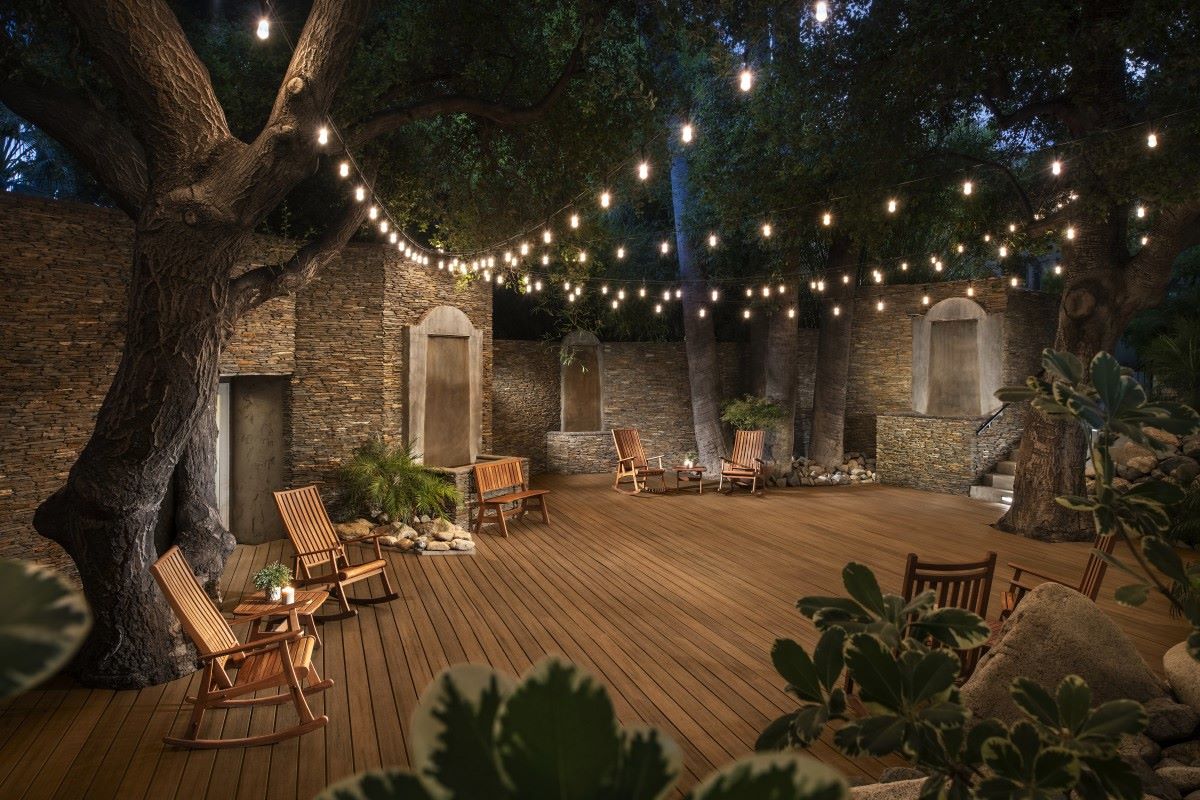
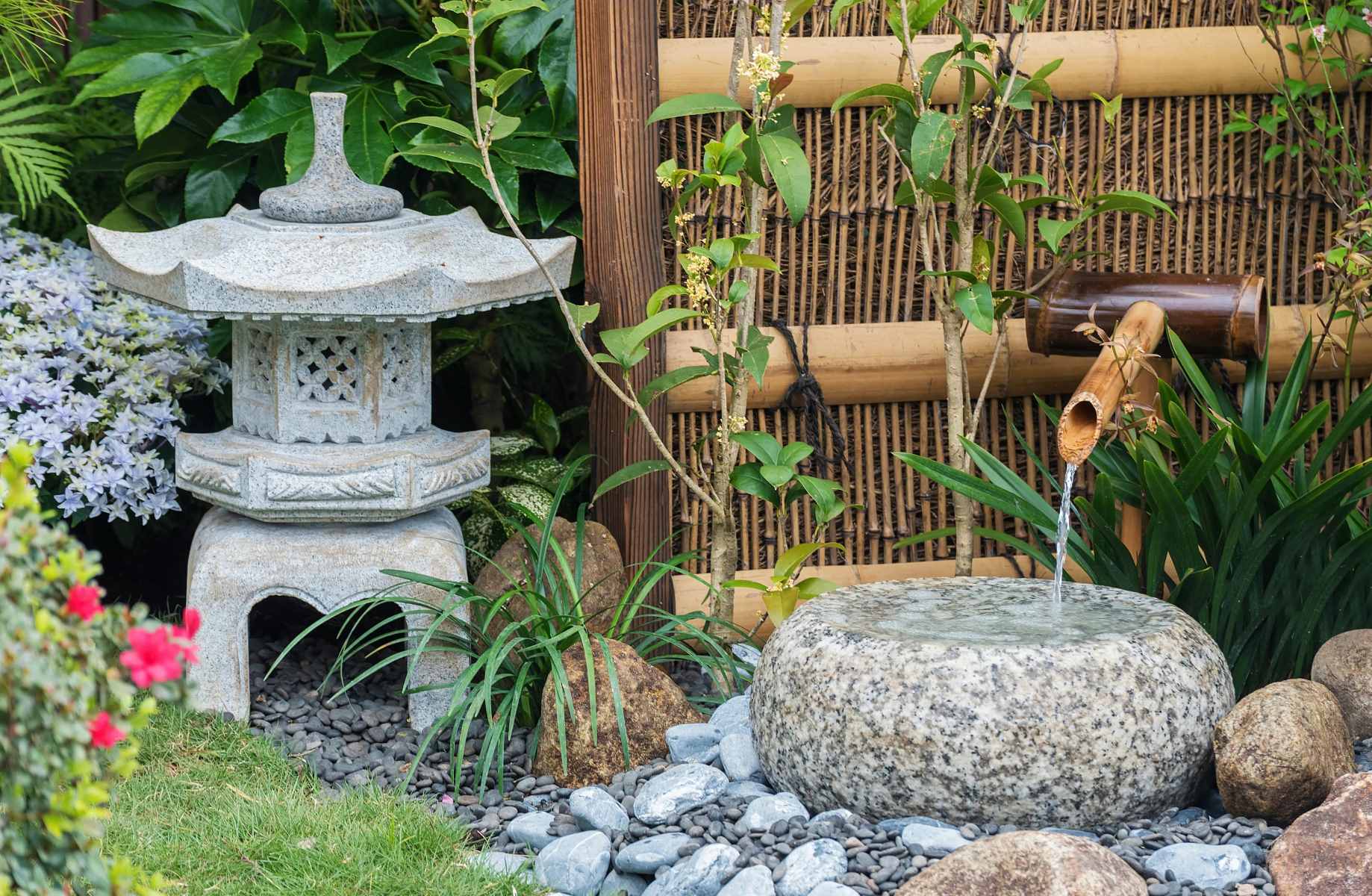



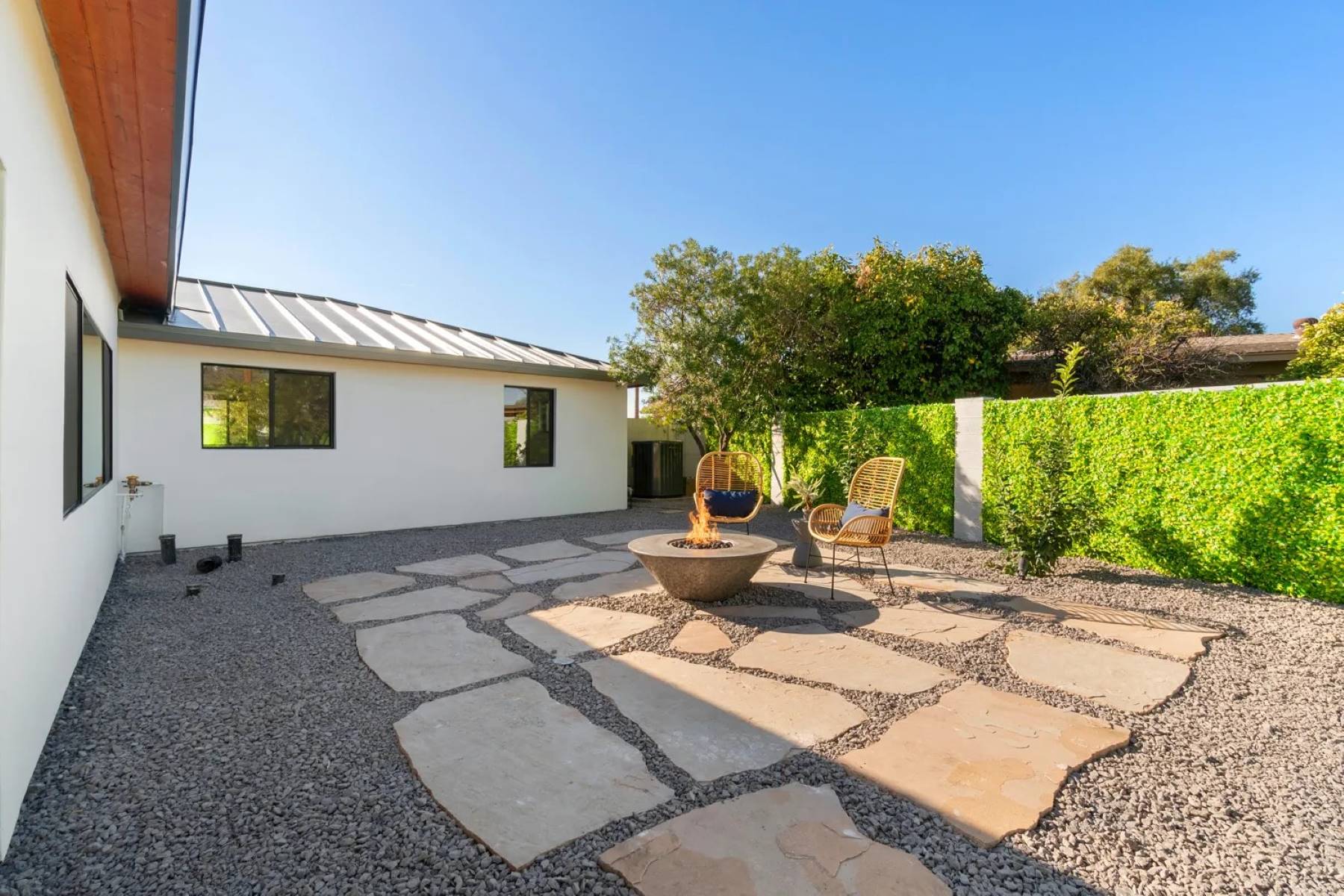




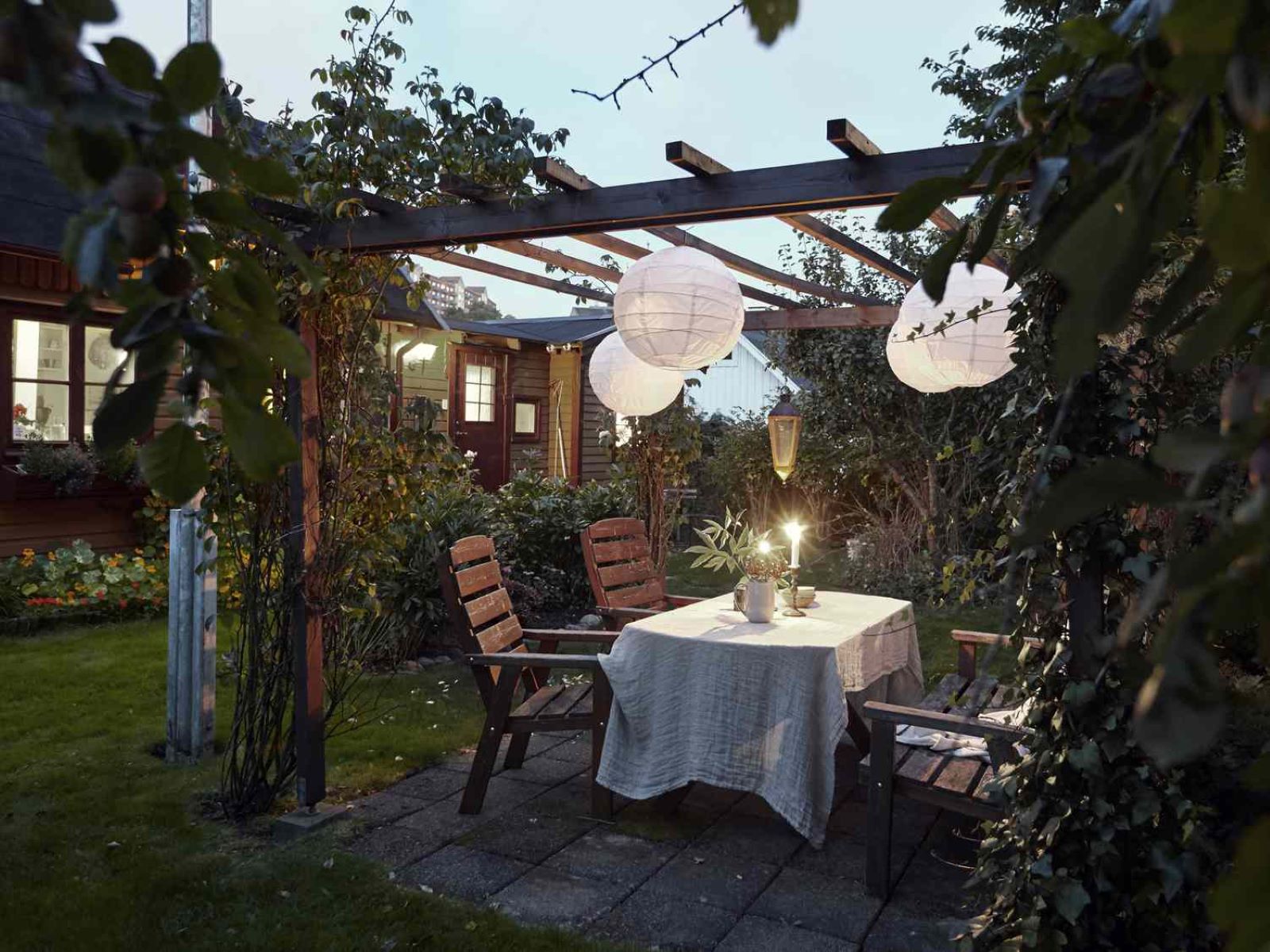

0 thoughts on “Outdoor Meditation Labyrinth Designs: Backyard Zen Spaces”